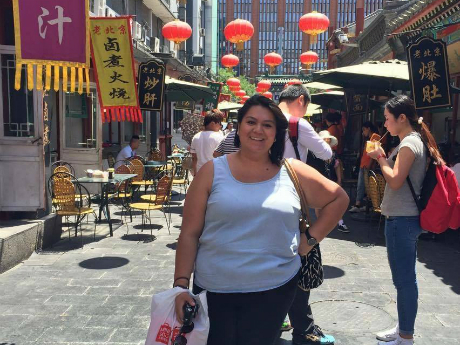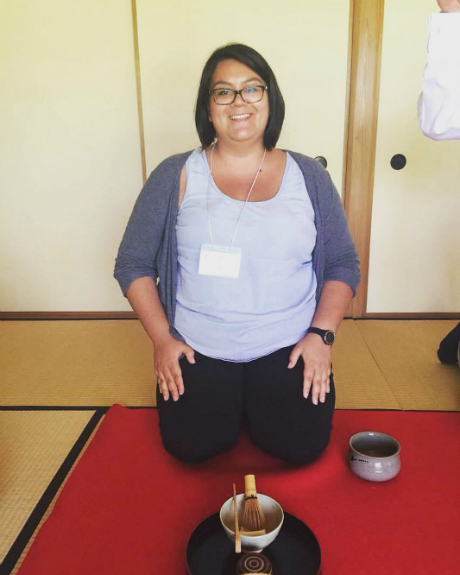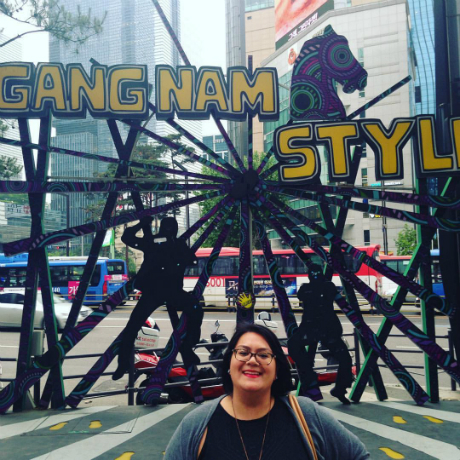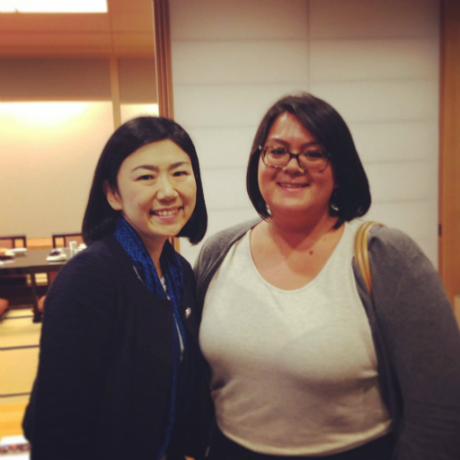In May, I left for Seoul, Beijing, and Tokyo expecting a totally academic experience. After months of pre-departure research and assignments, I embarked on a two-week long trip with my graduate program in Advocacy in the Global Environment in the Graduate School of Political Management. While I did learn about political advocacy in the three countries and international relations, I also returned with a greater appreciation of my experience growing up as an Asian-American.
While preparing for the trip, my classmates and I researched concepts that help contextualize and explain east Asian cultures. Having been raised in a biracial household, one side of which was Filipino, I felt I had a sort of ‘head-start’ when it came to these cultural differences. I also understood that ‘Asia’ is not monolithic, and that there are differences between countries as well as within them. That all being said, I naively expected not to have a thought-provoking cultural experience while abroad.
So much of what I experienced in all three countries reminded me of my family and household. While the mannerisms and communication styles of the people with whom we met seemed odd to some of my classmates, I felt right at home. It was during moments like these when I came to realize how ‘Asian’ I am. For instance, when we were at the Joint Security Area within the Demilitarized Zone at the border between South and North Korea, many tourists struggled to abide by the strict rules of conduct. For me, it was easy to fall into a silent line and not make sudden movements. The part of me that values rules, and adherence to them, kicked right in.
What was more surprising were the moments when I could sense the American components of my identity. After a long morning of meetings and running around Beijing, I was looking for somewhere to sit and wait for our transportation. I found a small ledge around a fountain in front of an office building and pulled out a newspaper. Within moments, an employee informed me I was not allowed to loiter or sit, and directed me to leave. I felt as if my personal liberty to sit and rest was being sacrificed for the aesthetic of this building. The tension between individualism and collectivism, a much-discussed difference between western and Asian culture, became strikingly clear.
Having been back in D.C. for a little over a month, I continue to reflect on how these two parts of my cultural identity interact and, sometimes, collide. Going into a career of advocacy will undoubtedly put me in contact with people who are culturally and ideologically different than me, which will require a strong level of self-awareness and adaptability. I thought I had an excellent sense of the cultural world and my place within it, but my trip to East Asia taught me that new experiences always have the potential to challenge your assumptions. The trick is being self-aware enough to notice those moments and learn from them.





